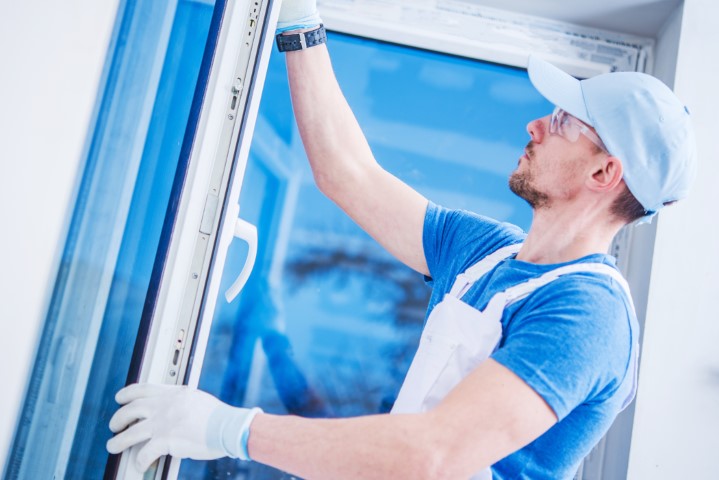Different Types Of Glass You Should Know About When Fixing Windows
No matter how sturdy a window is, one strong impact is all it takes to crack the glass panels. It could be from a heavy hailstorm or from a kid hitting a home run in their backyard. But before starting a residential glass replacement in Denver, it’s important to understand the different types of glass panels used in windows. After all, the strength and durability of the new windows depend on the material and structure of the new panels. These factors also decide the installation cost and provide you extra features like saving energy or reducing emissions. Here are the different types of glass panels used in a window:
Float Glass
It gets its name from its manufacturing process in which the molten panel is floated on the molten tin to produce a large flat narrow panel. The thin glass sheet is trimmed, treated and enhanced before being placed in the frame. The end result is a smooth and clear glass surface that is cheaper than other options.Safety-Laminated Glass
This glass is manufactured by fusing two panes with a polyvinyl butyral (PVB) layer in between using a high heating and pressure mixing process. The result is a strong panel, similar to that used in a car’s windshield. This panel is ideal if you want to secure your perimeter as it can’t be broken by intruders easily.Obscure Glass
As the name suggests, this panel obscures the view inside a house. It lets the light enter doesn’t let people see what’s inside the room thus lets in enough sunlight while protecting your privacy. It comes frosted, coated, etched or designed. It’s generally used for washrooms, shower doors and entrances.Annealed Glass
This glass is manufactured with a process called annealing in which the float glass is cooled slowly and carefully. It’s done to strengthen the glass by cutting the amount of stress it goes through in the standard cooling process. It’s not the best option for windows since it breaks into sharp and large shards.
Tempered Glass
Annealed glass is strengthened by four times to create tempered glass. After the annealed glass is produced, cut and finished, it is placed on a roller and heated in a furnace at up to 1148 °F and cooled quickly with forced air drafts. The panel is ideal for vehicles in case you are trapped and need to break out.Tinted Glass
It refers to any kind of colored panel. It’s usually done to add appeal to your interior but can also be used to provide privacy and reduce the sunlight’s intensity. It can also filter out the UV rays based on the type of tint you use.Heat-Strengthened Panel
Like tempered glass, this panel is heated at a high temperature but is not cooled quickly so it is less reliable. It’s quite strong but breaks into sharp and large shards. It shouldn’t be used for exterior windows unless laminated.Wired Glass
These panels are usually used in schools, hospitals and commercial buildings but you can use it at your home to add some fire-resistance while giving up on aesthetics. It comes with a wired layer that supports the panels frame in case of a fire, preventing it from breaking. It’s strong enough to resist the pressure from the water hose used by a firefighter to control the fire.Low-E Glass
These panels are your best bet to keep your home insulated. It comes layered with a low-E coating that prevents harmful UV rays from entering your home, keeping you safe. In summer, it prevents the heat from outside and the cool air from inside the home escape, keeping your home cool. In winter, it keeps the warm air in and cold air out keeping your home warm.Now that you understand the different kinds of glass available in the market, you can begin your residential glass replacement in Denver, either yourself or by hiring a specialist.



Comments
Post a Comment